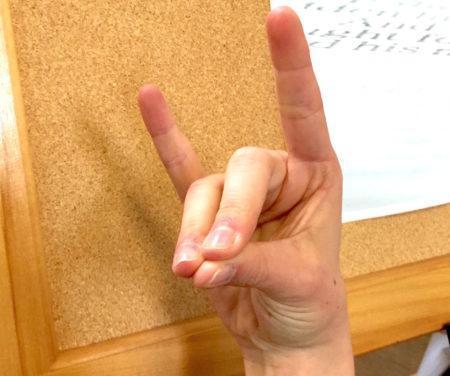“The way that we invite children (or teens/adults) to listen goes a long way in setting the tone for what happens next.”
Inviting a Group to Listen
How do you call a group to attention? Whether it’s a school setting, a church Sunday school, a youth group, a workshop, or another gathering, the ability to ‘quiet a crowd’ is an important teaching tool. The way that we invite children (or teens/adults) to listen goes a long way in setting the tone for what happens next.
In church settings, many of us have called a noisy room to attention by shouting “The Lord be with you!” But this phrase is an invitation to prayer, and to shout it is a bit out of place. Below we’ve listed seven other methods for quieting a crowd. These ideas come from the collected wisdom at the Center for the Ministry of Teaching. You may already use some of these, or you may have other tricks. Please share your ideas in the comments!
7 Ways to Quiet a Crowd
1. “One, two, three, eyes on me…”
This trick works with large groups of children, in exciting contexts such as Vacation Bible School. The leaders calls out, “One, two, three, eyes on me!” The children call back, “One, two, eyes on you!” By teaching this method on the first day, you can use it throughout the program.
2. Quiet Coyote
The advantage of this method is that you don’t have to say anything. Simply put up your hand, with your fingers formed into a long eared ‘coyote.’ Everyone else, when they see the quiet coyote, should make their own coyotes and hold them up. When teaching this method, emphasize that the fingers are tightly clamped onto the thumb, that is: the coyote’s mouth is closed. =)
Helpful tip: at certain times, allow students to use the quiet coyote themselves – for example, if a student is doing a presentation. This way, students begins to own the method, and you model mutual respect.

3. Rhythmic clapping
Another non vocal option. The idea here is for the group to hear your clapping, and then clap back to you in the same way. You can pick any rhythm (e.g. long – long – short short short), but the clapping should be easy enough for the group to repeat. Do this several times, with different rhythm combinations if you like, until everyone is paying attention.
4. Start whispering
This one works with children in a classroom or other small space. While the children are talking or carrying on, simply begin speaking to them in a soft voice or whisper. “Alright boys and girls, I would like to tell you about our next activity which is…” A few children will lean in to hear what you are saying, and with any luck, the rest will follow.
5. Ring a bell or a chime
This idea works especially well with teens. Simply ring a bell, chime, Tibetan bowl, etc. as a signal for the group to come to attention. When done thoughtfully, this method sets a wonderful mood. A trick with younger children is to say, “When I ring the chime, strain your ears to hear the very last sound before it fades away.”
6. Dim the lights or turn off the lights
This depends on your group. If it doesn’t work, you end up turning a noisy room into a dark noisy room. But if it works, you will have quieted a crowd with just the tip of your finger!
7. Lead a “LOUD, quiet” exercise
This method allows the group to release a huge amount of energy before settling into attention. Loud/quiet games work great for camp settings. The idea is to have the whole group simultaneously shout as loud as possible, and then immediately be quiet on some signal. For example, you can throw a ball in the air and have everyone shout while the ball is in the air; but when you catch the ball, total quiet.
Of course, games like this need to be explained, so you actually have to get everyone’s attention first. It usually works to shout, “Ok everyone, we’re going to play a game!”
You can also do the loud/quiet method with just your hands and arms. The group shouts when your (the leader’s) hands are raised, and gets quiet when your hands are down. Or, another variation: the group shouts when your hands are close together, and gets quiet when your hands are apart. The contrast is fun and exciting for the group, and when the game is over, you will have everyone’s attention.
Model Respect and Appreciation
With any of the above methods, be consistent and model proper respect. If you raise the quiet coyote while shouting, “Quiet! Quiet! Do you SEE the coyote??” things can go downhill. In addition, when the groups has become quiet and you do begin speaking, use a calm voice and demeanor. The point is to reduce tension, not add to it.
Finally, be sure to express gratitude by praising and thanking your audience. Say something like, “You all got quiet so quickly, that was really helpful – Thank you!” Statements like this will make the process even easier the next time around.
